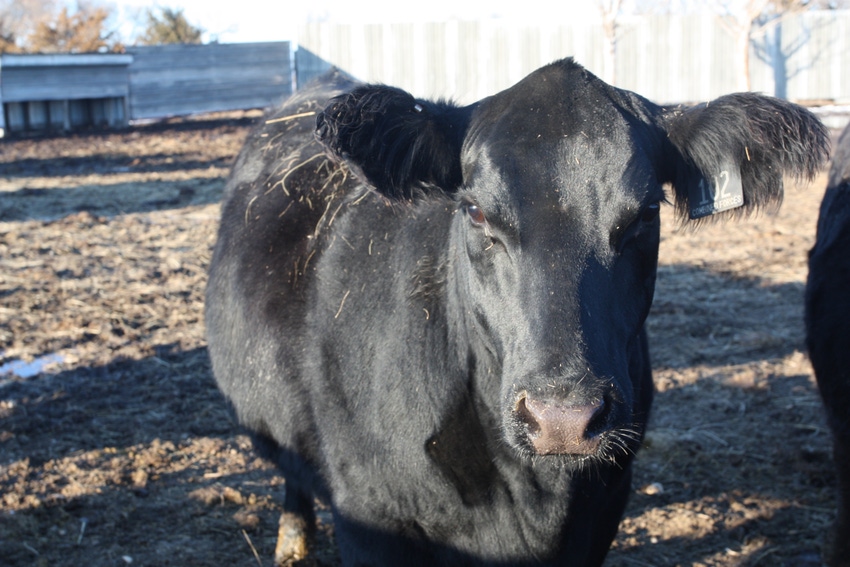Agriculture advocacy should be a priority for anyone whose livelihood depends on consumers buying their products, but are we going about it the wrong way?
January 31, 2017

I thought perhaps when the election cycle was over, the mass hysteria, political arguments and sensationalized media headlines would settle down. However, it seems like now more than ever before, one would be wise to stay off social media and do something productive like cleaning out the barn.
Yesterday, I decided that dealing with actual manure in the barn would be preferential to wading through the barrage of B.S. posts online, so I spent the afternoon outside getting things done around the ranch.
The fresh air offered a little bit of perspective on the parallels we’re seeing in our society vs. what agriculture experiences when trying to connect with our consumers. In both cases, there seems to be a lot of black and white and not much gray in between. And in both cases, emotions seem to trump facts, science and common sense.
I realize I’m talking in generalities here, but if we put politics aside and examine the challenges farmers and ranchers face — we have a big job ahead of us. Connecting with our consumers while also correcting misinformation is a daunting task, particularly in a world where all too often YouTube tells a much different story about ag than what actually happens on a ranch.
In agriculture, we’re constantly talking about advocating for our industry and promoting our way of life; however, have we been doing it all wrong all along?
I recently read an article by Gary Truitt for Hoosier Ag Today titled, “Knowing when to shut up.” The article recapped a presentation given by Leah Beyer, Elanco Animal Health digital communications manager. Beyer’s talk focused on how agriculture responds to negativity and why it sometimes does more harm than good.
Truitt summed up Beyer’s points, writing, “For example, when some fast food firm announces it is going GMO free, we respond with condemnation and threats of boycotts. When PETA puts out an undercover video, we go crazy and share it all over the place saying how this is not what farms are like. Yet, by doing this, we are playing into the hands of the nutcases by helping to spread their message and giving credibility to their claims.”
So what is the better option? To borrow the words of former First Lady Michelle Obama, “When they go low, we go high,” and that’s exactly what agriculture should do.
Instead of reposting Chipotle’s latest antics, we should offer consumers recommendations for good taco joints that support agriculture. Instead of sharing the YouTube video showing alleged abuse on a farm, we should do a Facebook Live post offering a tour of our own place to demonstrate to consumers what farms really look like. Instead of bringing attention to the negative in order to get our point across, we should stick to positive messaging.
You may recall my blog post from a few weeks ago that promoted the 4C Summit and the #cattletales hashtag. If you haven’t started using the free shareable materials on there, I highly recommend that you check them out. I shared my first 4C Summit graphic on social media earlier this week, and it got a lot of positive feedback. By the way, if you’re at the Annual Cattle Industry Convention in Nashville this week, be sure to check out the Micro Technologies booth at the trade show to learn more.
There may be a lot of white noise on social media these days, but farmers and ranchers can be the face of positivity. Let’s use the platform wisely in 2017 with smart promotions, friendly interactions and increased frequency in posting about our way of life. Only then do we have a chance of changing consumer sentiment about who we are in agriculture.
The opinions of Amanda Radke are not necessarily those of beefmagazine.com or Penton Agriculture.
About the Author(s)
You May Also Like





